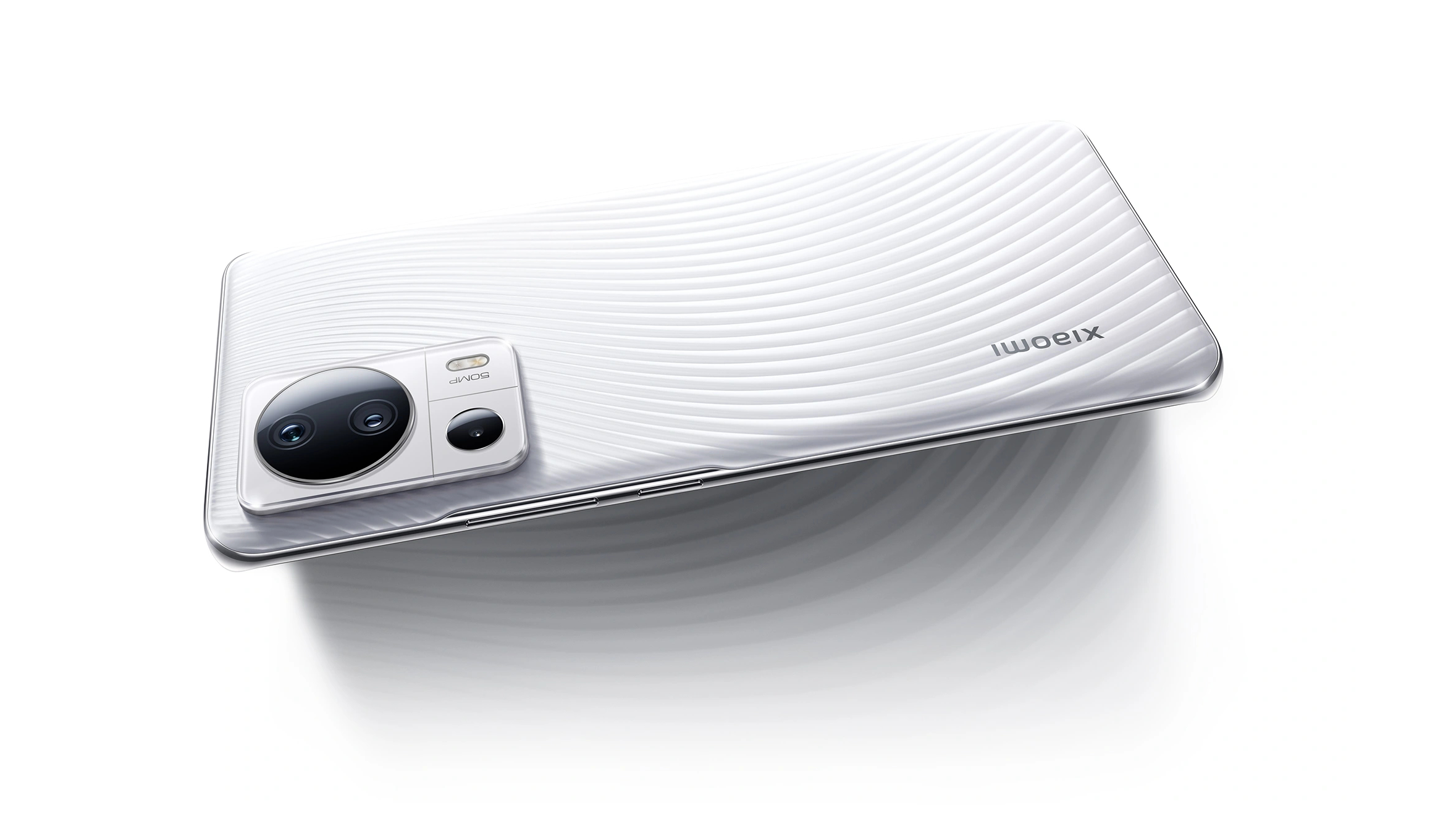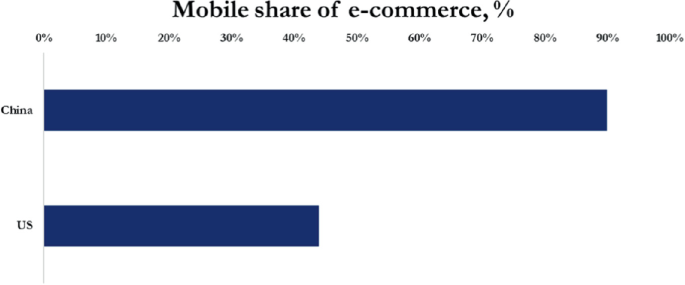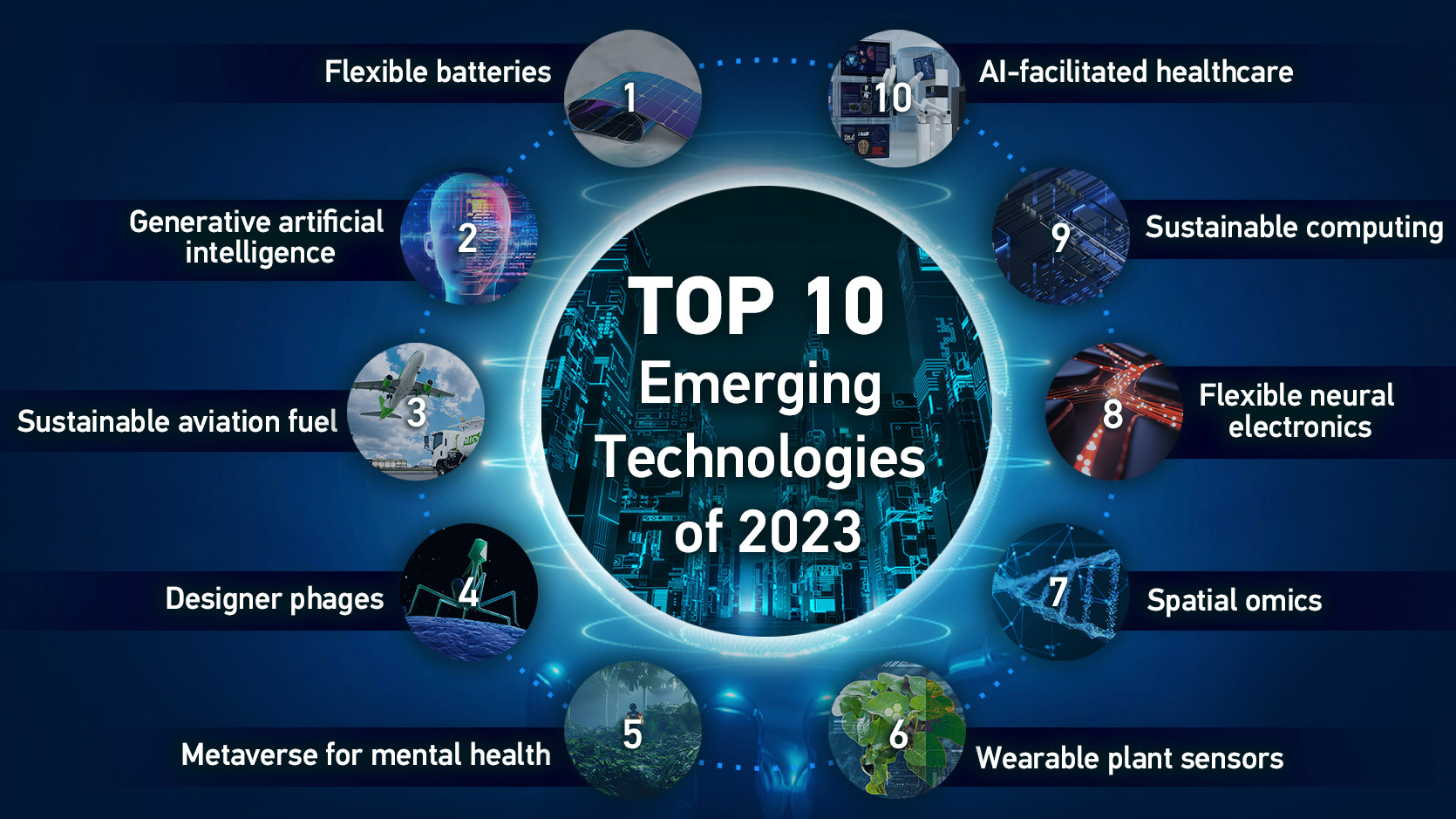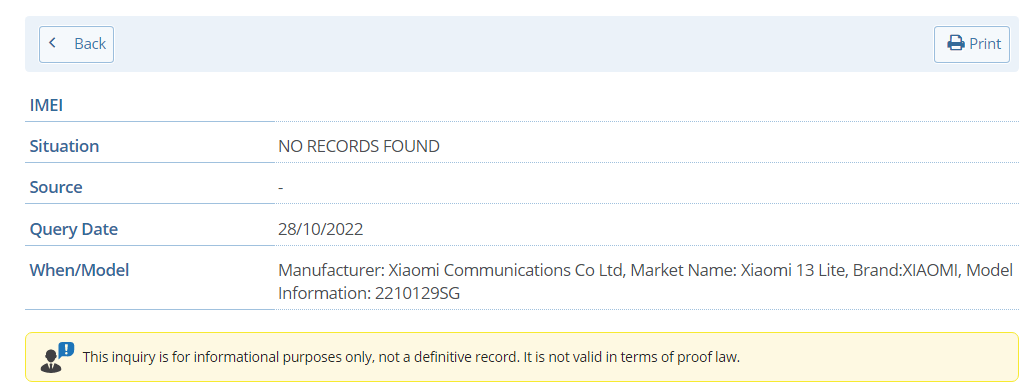Xiaomi 13 Lite: Evidence emerges of smartphone being a re-branded CIVI 2 - News
4.5 (495) · € 159.99 · En stock

Allegedly, Xiaomi is considering bringing the CIVI 2 to market outside China not only as the Xiaomi 12 Lite 5G NE but also the Xiaomi 13 Lite. If correct, it would see Xiaomi offer the same handset across multiple smartphone generations with no internal changes. Currently, the CIVI 2 is one of the only smartphones that features Qualcomm's Snapdragon 7 Gen 1 chipset.
Allegedly, Xiaomi is considering bringing the CIVI 2 to market outside China not only as the Xiaomi 12 Lite 5G NE but also the Xiaomi 13 Lite. If correct, it would see Xiaomi offer the same handset across multiple smartphone generations with no internal changes. Currently, the CIVI 2 is one of the only smartphones that features Qualcomm's Snapdragon 7 Gen 1 chipset.

Xiaomi Civi 2 5G vs Xiaomi 13 Lite 5G

Xiaomi 13 Lite: Evidence emerges of smartphone being a re-branded CIVI 2 - News

Mobile Devices

Digital Hotspots

Xiaomi 13 Lite is a rebrand of Xiaomi Civi 2, confirmed

CGTN Breaking News, China News, World News and Video

Xiaomi 13 Lite: Evidence emerges of smartphone being a re-branded CIVI 2 - News

Xiaomi 13 Lite Spotted on Google Play Console, Might be Rebadged Xiaomi Civi 2: Report

Why Chinese Culture Has Not Conquered Us All – The Scholar's Stage

Interpol review of digital evidence for 2019–2022 - ScienceDirect







